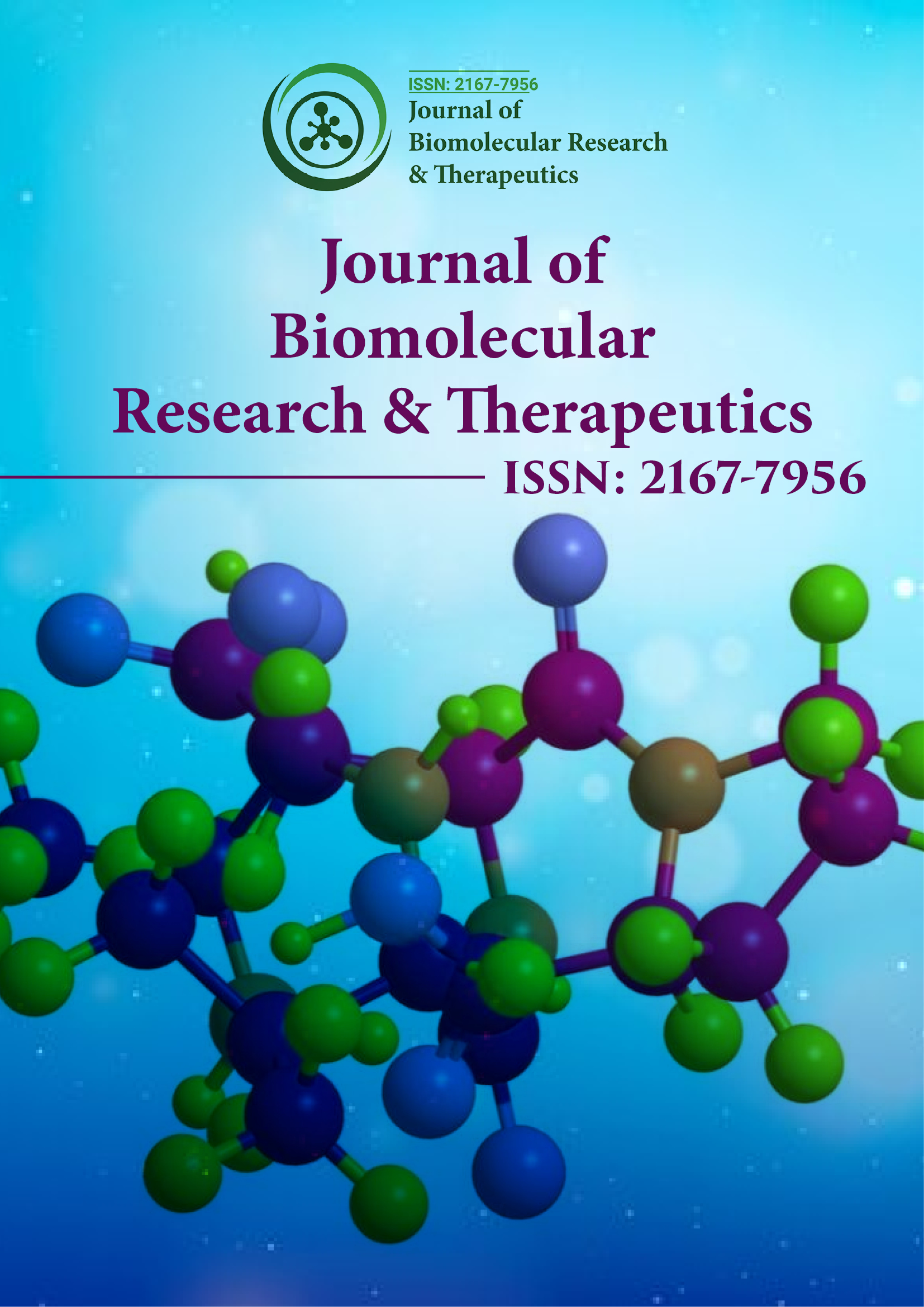Indexé dans
- Ouvrir la porte J
- Genamics JournalSeek
- RechercheBible
- Bibliothèque des revues électroniques
- RechercheRef
- Université Hamdard
- EBSCO AZ
- OCLC - WorldCat
- Catalogue en ligne SWB
- Bibliothèque virtuelle de biologie (vifabio)
- Publions
- Pub européen
- Google Scholar
Liens utiles
Partager cette page
Dépliant de journal

Revues en libre accès
- Agriculture et aquaculture
- Alimentation et nutrition
- Biochimie
- Bioinformatique et biologie des systèmes
- Business & Management
- Chimie
- Génétique et biologie moléculaire
- Immunologie & Microbiologie
- Ingénierie
- La science des matériaux
- Neurosciences & Psychologie
- Science générale
- Sciences cliniques
- Sciences environnementales
- Sciences médicales
- Sciences pharmaceutiques
- Sciences vétérinaires
- Soins infirmiers et soins de santé
Abstrait
Études conformationnelles de [ 11 Ψ 12 (CN 4 )]ScyII et [ 15 Ψ 16 (CN 4 )]ScyII – deux analogues de la scyliorhinine II au moyen de la spectroscopie RMN 2D et de méthodes théoriques
Krzysztof Brzozowski, Emilia Sikorska, Hanna Miecznikowska, Katarzyna Konecko, Rafał Ślusarz, Jolanta Kumirska, Witold Mozga, Jacek Olczak, Janusz Zabrocki, Sylwia Rodziewicz-Motowidło et Zbigniew Kaczyński
Une analyse conformationnelle de deux analogues de la scyliorhinine II [11Ψ12(CN4])]ScyII et [15Ψ16(CN4)]ScyII a été réalisée dans du DMSO-d6. Des techniques de RMN 2D et de dynamique moléculaire restreinte ont été appliquées. Nos études précédentes avaient montré que la scyliorhinine II adopte trois liaisons peptidiques cis dans une solution de DMSO-d6. De plus, dans ses deux analogues [Aib16] ScyII et [Sar16] ScyII, nous avons également trouvé des géométries de liaison peptidique cis. Compte tenu de ce qui précède, nous avons décidé de réaliser des études conformationnelles approfondies des analogues de ScyII restreints. Pour ce faire, nous avons introduit des groupes tétrazole dans l'un ou l'autre des peptides étudiés. Ces peptides ont été synthétisés par la méthode en phase solide en utilisant la chimie Fmoc. Dans le cas de deux analogues, les spectres suivants ont été enregistrés : TOCSY, NOESY, ROESY, DQF-COSY et un ensemble de spectres de température. Pour obtenir les structures finales, nous avons effectué des simulations de dynamique moléculaire restreinte réalisées à l'aide du champ de force CHARMM tel qu'implémenté dans le programme XPLOR 3.11. Nos calculs ont donné lieu à deux ensembles de 10 conformations chacun. En comparant les structures obtenues, nous avons constaté que l'introduction d'un cycle tétrazole 1,5-substitué influence la structure tridimensionnelle à la fois localement et globalement.